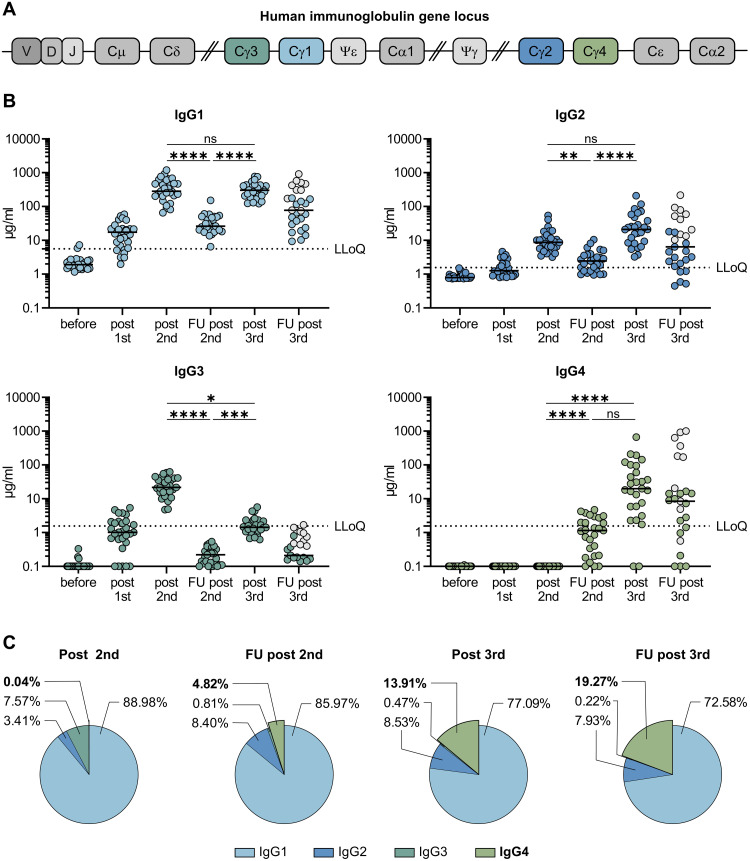Fig. 1. Longitudinal analyses of vaccine induced antibody response.
(A) Schematic representation of the human immunoglobulin heavy chain gene locus. 5′ of each functional C-region (except Cδ) switch (S) regions are positioned directing class-switch recombination. Gene segments denoted by ψ resemble pseudogenes (B) 29 volunteers received three doses of the mRNA vaccine Comirnaty as detailed in Table 1. Serum samples were collected at a median of ten days after each vaccination (post first, post second, post third) as well as during follow-up visits at 210 days after the second vaccination (FU second) and 180 days after the third vaccination (FU third). Ten individuals experienced a breakthrough infection in the time frame between post third and FU third (indicated by grey circles). The different IgG subclasses were quantified by flow cytometry using recombinant monoclonal receptor binding domain (RBD)-antibodies as a standard. The median MFI of three negative sera were used to set the background for each subclass. For visualization purposes, all sera with MFI values below the background were set to 0.1 μg/ml. The lowest limit of quantification (LLoQ) is indicated in each graph by a dotted line and represents the lowest amount of the respective standard mAbs, which was detected (1.56 μg/ml for IgG2, IgG3 and IgG4; 5.6 μg/ml for IgG1). Depicted are individual donors and the respective median. n.a. = not analyzed. For the sake of clarity only statistical comparisons between post second, FU post second, and post third are shown irrespective of statistical significance. (C) The proportion of the different IgG subclasses of the total anti-S IgG response is shown for the four last time points. Depicted are the means of each IgG subclass. Over-time comparison within one group was done by Kruskal-Wallis test followed by Dunn’s multiple comparisons test. *p < 0.05, **p < 0.01, ***p < 0.001, ****p < 0.0001, and n.s. indicates not significant.

